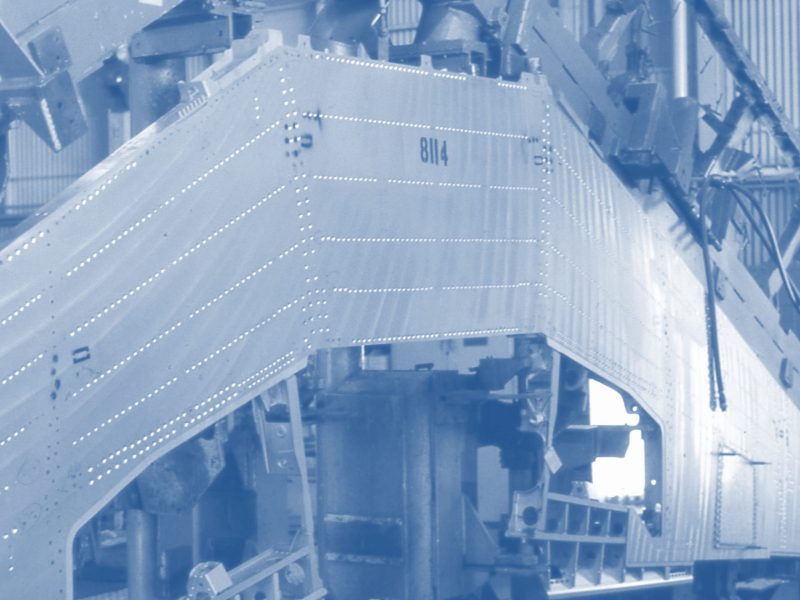Have questions about the aerospace valves market report? Interested in a sample? Need to pay a different way? Get in Touch
Counterpoint has released its seventh report on the aerostructures tooling market, including a major update of our tooling market model. This is still a challenging market, but we see relative growth in automation and composite tooling. Our report includes:
- Market size and 10-year growth forecasts under three Covid recovery scenarios segmented by:
- Tool design
- Metal forming
- Composite forming
- Component assembly
- Final/major assembly
- Demand over the next 10 years segmented by:
- source of demand e.g., clean sheet design, derivatives etc.
- aerostructure type e.g., wing, fuselage etc.
- type of tooling spending e.g., NRC, rate tooling, tooling maintenance, consumable tools, upgrades
- aircraft type e.g., large commercial, business jet etc.
- Areas of relative growth e.g., automated assembly & composites forming and the use of composite tools
- Shape of the market:
- Civil and military split
- Key aircraft programmes
- Extent to which outsourcing by aircraft OEMs and large tier-1s is occurring
- Geographical analysis.
- Analysis of market size and shares for the following product segments: total market; tooling for final/major assembly; tooling for composites and metal aerostructures; and materials for tooling made out of composites
We analyse key characteristics and trends including:
- Tooling materials and technologies (e.g., hybrids, composites)
- Procurement issues: the location of the supply chain; the importance of local suppliers; globalisation of tooling procurement; the trend towards larger contract responsibilities; ways in which the aircraft OEMs influence their suppliers’ approach to tooling
- The impact of additive manufacturing
- Profitability; analysis of reported results and our views on margins suppliers
- Tooling supplier strategies
- M&A and consolidation
The report provides profiles of 48 companies. Our profiles cover:
- Origins and ownership
- Our estimate of sales
- Financials if obtainable
- Operations and technologies
- Customers and contracts
- Strategy and recent developments
- Our comments on the company’s overall market position

